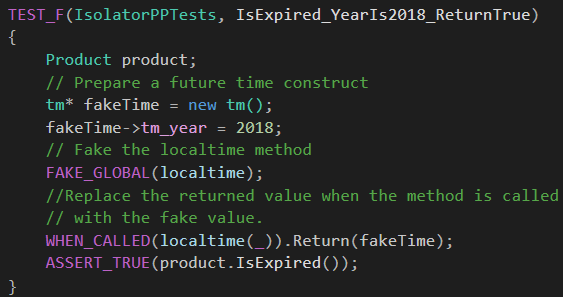To unit test or not to unit test
Unit testing has become an essential component of modern software development. In today’s fast-paced and constantly changing technology landscape, it is important to keep up with the latest trends, tools, and best practices in unit testing to ensure that your code is reliable, maintainable, and up-to-date.
In this blog post, we will explore the latest trends, and best practices in unit testing in 2023. Whether you are new to unit testing or an experienced practitioner, this post will provide you with valuable insights and information to help you stay ahead of the curve.

Latest Trends in Unit Testing
Test automation
Test automation continues to be a major trend in unit testing in 2023, as organizations seek to improve the speed and accuracy of their testing processes. One of the key areas of focus is the use of artificial intelligence and machine learning to enhance test automation. This can include the use of AI-powered testing frameworks, which can automatically generate and execute test cases based on historical testing data and other inputs. Another trend is the increased use of containerization and microservices architectures, which require new approaches to unit testing. In these environments, automated testing is essential to ensure that individual services are functioning correctly and that the system as a whole is operating smoothly. Additionally, the adoption of low-code and no-code development platforms is driving the need for more accessible and user-friendly testing tools, which can be used by developers and non-technical users alike.
Agile and DevOps
In 2023, the trend of unit testing in agile development environments is expected to continue to gain momentum. Developers are increasingly taking ownership of testing as part of their role, and the use of test-driven development (TDD) and behavior-driven development (BDD) practices are becoming more widespread. This means that developers are writing tests before they write code, which helps to ensure that their code is high-quality and meets the requirements of the project. Additionally, the use of continuous integration and continuous delivery (CI/CD) pipelines is becoming more prevalent, which allows for automated testing to be integrated into the development process. This enables developers to quickly and easily run tests as part of their development workflow, helping to catch bugs and issues early on in the development process. As a result, the role of quality assurance (QA) teams is evolving, with more focus on developing test frameworks and strategies, rather than just executing tests.
3. Artificial Intelligence for Testing

As we move into 2023, we can see that the trend of using artificial intelligence (AI) for unit testing is gaining traction. AI has the potential to significantly improve the efficiency and effectiveness of unit testing, by automating the process of generating and executing test cases. With AI, developers can quickly identify defects in the code and fix them before they become bigger issues. Moreover, AI can also help to improve the accuracy and coverage of unit tests, by identifying edge cases and testing scenarios that human testers may overlook. As AI continues to advance, we can expect to see more and more organizations adopting this technology for their unit testing processes. However, it’s important to note that AI should not be seen as a replacement for human testers, but rather as a complementary tool that can help developers to build more reliable and resilient software.
Best Practices in Unit Testing
- Write tests early: Writing tests early in the development process helps to catch bugs and errors early, reducing the risk of bugs and making it easier to maintain code over time.
- Write tests that are easy to maintain: Writing tests that are easy to maintain is crucial to ensuring that code remains reliable and up-to-date over time. This involves writing tests that are well-documented, easy to understand, and easy to update.
- Focus on testing the right things: Focusing on testing the right things is crucial to ensuring that tests are effective and provide valuable feedback. This involves writing tests that cover the most important functionality and that provide the most valuable feedback.
- Use a testing framework: Using a testing framework makes it easier to write, execute, and manage tests. Testing frameworks provide a wide range of features and tools that help to streamline the testing process and make it easier to ensure that code is reliable and up-to-date.
Code anyone?

Happy End
None of us wants to lose his job, but many of us assist in helping to create AI tools so are we smart or stupid? What I do know is that the future is really exciting and I’m looking forward to seeing how it unfolds.




